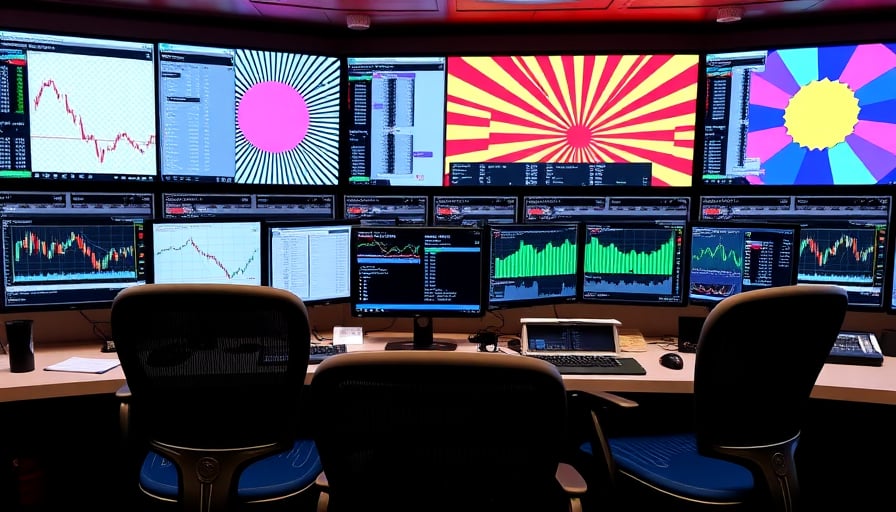Forex Report – USD/INR
The Indian rupee has sustained a steady rally against the U.S. dollar, closing at 88.6359 on 17 November 2025, well above the 52‑week low of 72.9671 and approaching the 52‑week high of 88.9313. The pair’s trajectory has been shaped by a confluence of trade‑policy expectations, market sentiment, and commodity price movements.
Trade‑Deal Optimism as the Primary Catalyst
Recent commentary from Indian officials indicates that the government is nearing a definitive trade agreement with the United States. In a statement released on 19 November 2025, the Minister of Commerce and Industry highlighted that the deal would be announced “as soon as it is fair.” This optimism has translated into tangible market support for the rupee, driving it to a two‑week high on the same day. The sentiment is further underlined by the interbank dollar sales reported in the Economic Times article, which credited exporter hedging activity with lifting the currency.
Commodity Prices and Dollar Strength
While the U.S. dollar remains robust—bolstered by expectations of the forthcoming NFP data—the rupee’s appreciation is partly attributable to a decline in crude‑oil prices. The Deccan Herald noted that lower oil costs helped the rupee gain 9 paise to 88.51 in early trade. Nevertheless, the dollar’s intrinsic strength continues to exert downward pressure, keeping the USD/INR pair near 88.6 despite the rupee’s gains.
Market Sentiment and Technical Positioning
The pair’s recent movement has been described as “firm” by BitcoinEthereumNews, which highlighted the rupee’s fourth consecutive winning streak against the dollar. Technical analysis suggests that the rupee remains in a bullish phase, with support around the 88.5 level and resistance approaching the recent 52‑week high of 88.9313. Traders should monitor whether the USD/INR can break above this ceiling, which would signal a potential reversal of the current trend.
Policy Changes on the Horizon
Analysts from Analytics Insight warn that the next decade, particularly 2026, will be dominated by alterations in trade policies and tariff structures across the US, China, and India. These changes could redefine the forex landscape and introduce new volatility. For now, the rupee’s resilience appears to hinge on the pending trade agreement and the broader macroeconomic backdrop.
Conclusion
The Indian rupee’s steady climb against the dollar is a product of rising trade‑deal optimism, favorable commodity prices, and exporter hedging. While the U.S. dollar remains a force to be reckoned with, the rupee’s near‑four‑week high and the momentum it has built suggest that the current bullish trend is unlikely to falter in the short term. Market participants must remain vigilant for any policy shifts in 2026 that could alter this trajectory.




